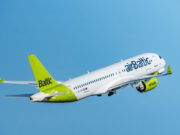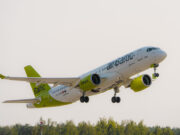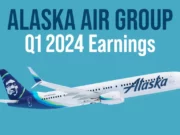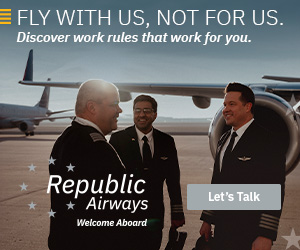 After the airlines terminated their traditional pensions, the unions were able to negotiate increased contributions into pilots’ 401(k) plans. The highest contributions by any airline company are currently at 16%, which is extremely high. Ask those working in the private sector what their company contributes and you’ll learn that most top out at 6%, which only applies if the employee contributes. Due to the higher funding by the airlines into 401(k) plans, there is a chance you could reach the combined annual limit, (your contribution plus your company’s contribution) called the 415c limit of $55,000, or $61,000 if you are aged 50 or older. Obviously, the more years you have to work and your ability to reach these higher limits will mean a significantly higher potential value of your account upon retirement.
After the airlines terminated their traditional pensions, the unions were able to negotiate increased contributions into pilots’ 401(k) plans. The highest contributions by any airline company are currently at 16%, which is extremely high. Ask those working in the private sector what their company contributes and you’ll learn that most top out at 6%, which only applies if the employee contributes. Due to the higher funding by the airlines into 401(k) plans, there is a chance you could reach the combined annual limit, (your contribution plus your company’s contribution) called the 415c limit of $55,000, or $61,000 if you are aged 50 or older. Obviously, the more years you have to work and your ability to reach these higher limits will mean a significantly higher potential value of your account upon retirement.
There are three limits you should understand with reference to your 401(k). They are the employee limit, the overall limit (415c limit) and the compensation limit (401a17 limit). The limit values for 2018 are:
- Employee – $18,500 below age 50, $24,500 age 50 and older
- Overall 415c limit – $55,000 below age 50, $61,000 age 50 and older
- Compensation 410a17 limit – $275,000
The employee limit is pretty straightforward. You choose a percentage of your salary, either pre-tax or Roth(1), and your company deducts this monthly for deposit into your 401(k) account. If you’d like to reach the maximum, divide the employee limit by your annual salary to arrive at a percentage.
 The overall 415c limit is a combination of employee and employer contributions and cannot exceed the values above. The more salary you make, the higher the company contribution is, resulting in a higher amount flowing into your account from this source. The “breakeven” salary is about $229,000 per year. Meaning, if you make this salary and contribute the maximum from the employee side, the math works out that in December, you’d reach the 415c limit if your company contributes 16%.
The overall 415c limit is a combination of employee and employer contributions and cannot exceed the values above. The more salary you make, the higher the company contribution is, resulting in a higher amount flowing into your account from this source. The “breakeven” salary is about $229,000 per year. Meaning, if you make this salary and contribute the maximum from the employee side, the math works out that in December, you’d reach the 415c limit if your company contributes 16%.
The compensation 401a17 limit means that the IRS will not allow additional company contributions into your 401(k) once you reach this compensation level. The employee may still contribute from their side, however.
Understand that these numbers are maximums and you will likely need to be at one of the major airlines for a while before you can hit them. But this could be your future should you find yourself at an airline continuing up the salary ladder.
If you would like more information or may be interested in tailored financial planning, Flight Line Financial is a firm founded and directed by an airline captain who is a financial advisor. It specializes in retirement planning for airline pilots, providing services at a low, flat annual fee of $500. I invite you to browse the website, flightlinefinancial.com, and to contact Glenn Nevola, 1-844-FLIGHTLINE (1-844-354-4485). ACN
- With a Roth account, you pay the taxes upfront so you can withdraw tax-free during retirement.
























































